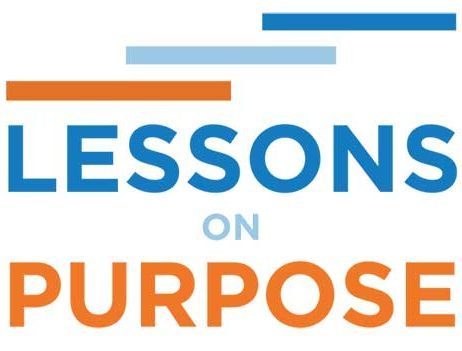Leading Change – how to lead teams though significant change
I have led large teams though significant change – from leading the integration of two $5 billion companies, to getting competitors Ben & Jerrys and Haagen-Dazs ice cream to combine operations. It’s hard to lead change, because when people say they fear change, what they truly fear is loss. Change often results in the loss of a comfortable routine, the loss of title, pay or security, or the loss of control. But everything changes – seasons, health, families, friends – and certainly life in organizations and careers change.
Here are six key insights I have learned about how to lead organizations through change:
- Things change, but people go through change: Change is a process of modification that causes a shift in the world around us, impacting events and situations. Transition is a personal, internal and psychological process that occurs in overlapping phases. Things and events change, but people must transition through change; they cannot leap from the status quo to the new state.
- The only way out is through: like the well-known stages of grief developed by Elizabeth Kubler-Ross, Bill Bridges (https://wmbridges.com/) defined the change curve shown below, demonstrating how people experience change. The y-axis represents productivity, and the x-axis shows time. When people first experience change, they are often in denial or shock. Then, as they learn more, productivity drops as they become angry, stressed, or confused. It is common for people to get stuck here, avoiding the future. However, once people become skeptical or challenge the new state, they actually begin to imagine a new reality, and then start to perform better. Soon, they accept change, and often get impatient for the new ‘reality’ to arrive.
Practical tip: while managing a global merger, we had teams self-reflect and plot their progress on this chart week-to-week, demonstrating that all must go ‘through’ change.
- Emotions trump logic: Since people fear loss, to lead change you must anticipate and address perceived losses among people who need to change. Encourage people to discuss what uncertainties they fear. Also, remember to start where they are, not where you are – and share as much information about the future state as possible. Successful change leaders spend as much time as necessary managing emotions as they do the process or policy changes to be implemented.
- Transitions require the head, heart and hands:
- The Head is often the easiest to change, as people seek to understand the rationale behind the change. Make sure to articulate the ‘why’ behind the change.
- The Heart is harder to capture, as people soon jump to ‘what’s in it for me’? They need to explore how a new situation will impact their emotions and motivations.
- Finally, using one’s ‘Hands’ is often the way through change. Change leaders ensure people get busy working on new behaviors; this helps them move quickly through the change curve.
Practical Tip: Leaders often forget the heart journey, so must recognize the importance of the heart and getting people actively engaged in the future state
- Focus on your circle of influence: an effective way to coach people though change is to have them identify what things they can influence, and then get them busy in that sphere. Employees often worry and wonder about things outside of their control, but as legendary coach John Wooden said, “don’t let what you cannot do interfere with what you CAN do.’
The key here is to ensure people understand what ‘control’ they have, even if it is limited, that they know the overall ‘why’ of the change, feel supported and guided, and have a sense of purpose to give meaning and context to their new experiences and actions.
- There are four key rules for leading people through significant change:
- Maintain clear focus: tell the truth, tell people what’s in it for them, and lay out a clear vision and roadmap for what is changing, and when.
- Don’t get too far ahead: remember people go through change, and will try to do so at their own pace. Your job is to set a timeline that meets corporate objectives and still allows people to process areas of friction or angst.
- Check in: don’t just check ‘on’ people, but check ‘in’ with them. Good leaders are supportive, responsible, empathetic and honest. Regular check ins allow people to be heard and still keeps the process moving forward.
Communicate often: allow a free exchange of information. In my experience, a void of knowledge will be filled with doubts, misinformation and fear.

